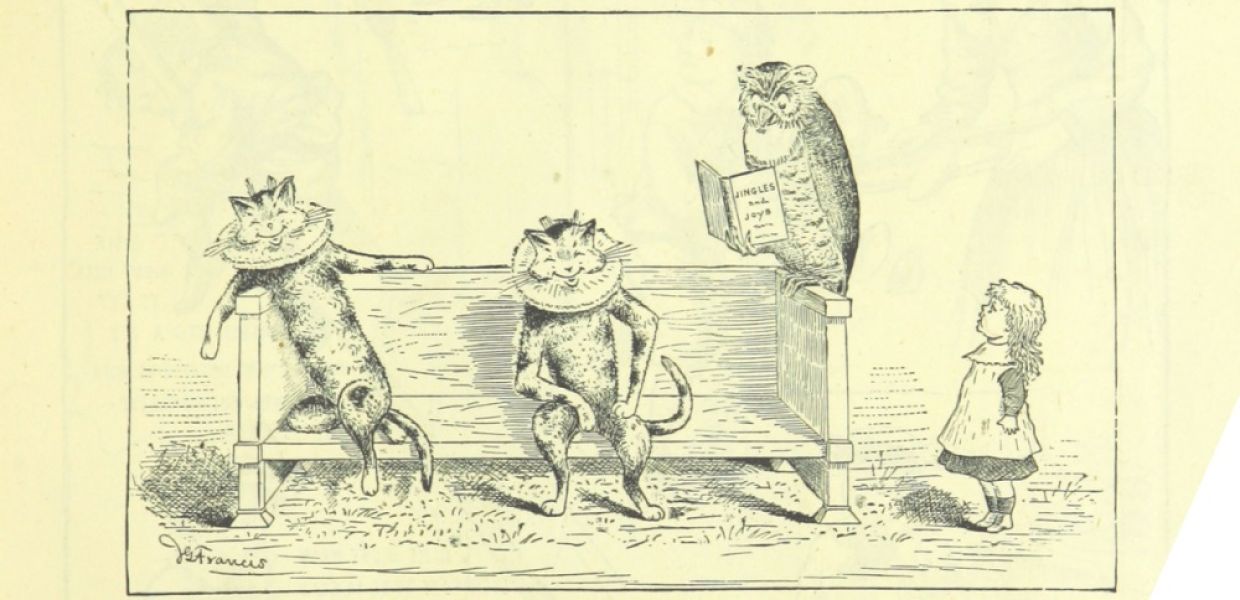Carola Carlino
As a researcher with a strong interest in multimedia and digital storytelling experiences of cultural heritage, I am especially interested in those communicative practices based on participation and inclusion of people related to cultural heritage itself. For this reason, the example of digital storytelling that I like the most is the Memex (Memories Experience) project that took place in the Royal Palace of Caserta (Italy). The project involved six people over 60, who subscribed to the site and who created digital stories based on the relationship they had consolidated over many years with the cultural site, as visitors and inhabitants of the territory. The stories were published on the Royal Palace of Caserta's YouTube channel.
Georgia Evans
One of my favourite places to go for digital storytelling is Things that Talk, an initiative of the Faculty of Humanities at the University of Leiden. I particularly like the way that they tell the story of The Girl with a Pearl Earring. It’s such a well-known painting but by focusing on specific details like her clothing, and helping us to navigate from the ‘brushstrokes of her creation’ to her appearance even in airports, readers are encouraged to go on a journey with the painting through the ages.
Ad Pollé
I see the Europana Sport initiative as a great example of digital storytelling. The collection provides a wealth of sports stories from all over Europe and about all sorts of sports. There are hundreds of unique personal memories, such as the tribute to Helena Marusarzówna, a Polish skiing and WW2 resistance heroine, or a hockey practice in the 1920s to the societal relevance of a fishing club during the Covid-19 pandemic. There are also many beautiful and fascinating blogs about sporting legends and events, sometimes well known, sometimes hidden, for example the story about how Catalan surrealist painter Salvador Dalí supported a rugby team, or the one about how Italian long distance runner Dorando Pietri lost the 1908 Olympic marathon gold medal. The seven tips for digital storytelling may not have been used in all of these stories, but they certainly bear witness of the love of sharing personal experiences and hidden knowledge that truly inspires.
Cristina Roiu
As a librarian, when it comes to storytelling I always think of IFLA's Sustainable development goals stories’ (SDG) Platform. SDG stories demonstrate how libraries and access to information contribute to improved outcomes across all the United Nations Sustainable Development Goals, and in doing so they are using all sorts of storytelling techniques. One of my favourite stories is the Fairytale Tram - a reading programme for children aged 3 - 10 years old, developed by the National Library of Ukraine for Children. Imagination, creativity, modern technical tools and good performing skills are all building a magical world for both adults and children.
Peter Soemers
As an art lover, I enjoy the editorials in the weekly newsletter ‘See all this’ (in Dutch) by chief editor Nicole Ex. In particular, I love the concise stories in which she reports and elaborates on the experiences of the refugees from Ukraine staying in her house. A few sentences are enough to evoke the special atmosphere and the brave strength from the two mothers and their children. Enjoy the arrival (illustrated by one of the children’s drawings of Nicole’s dog), the inspirational behaviour they show and evoke, their pride and resilience in difficult circumstances. This is exciting storytelling!


